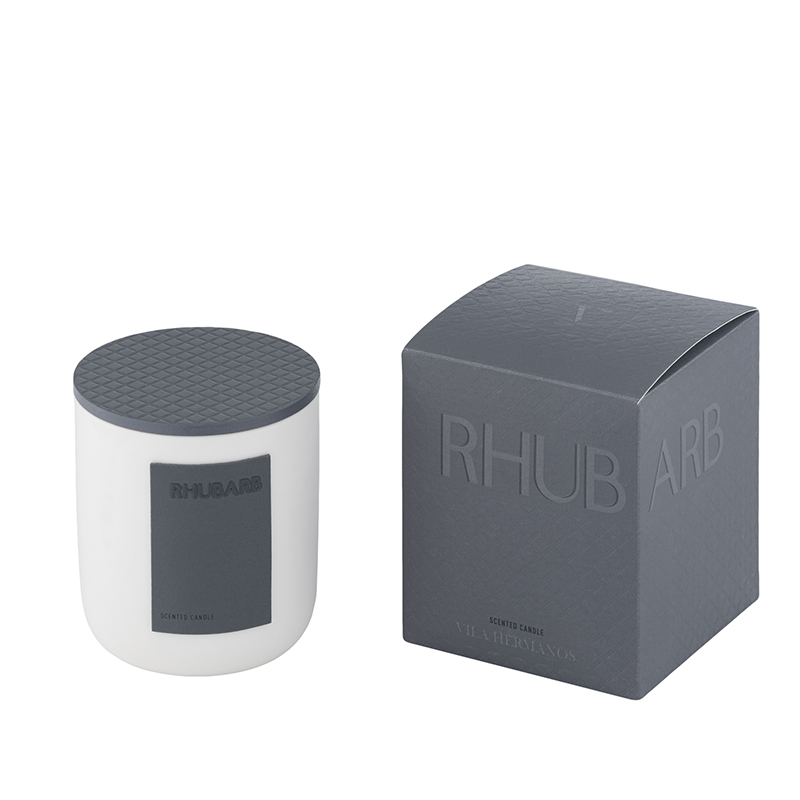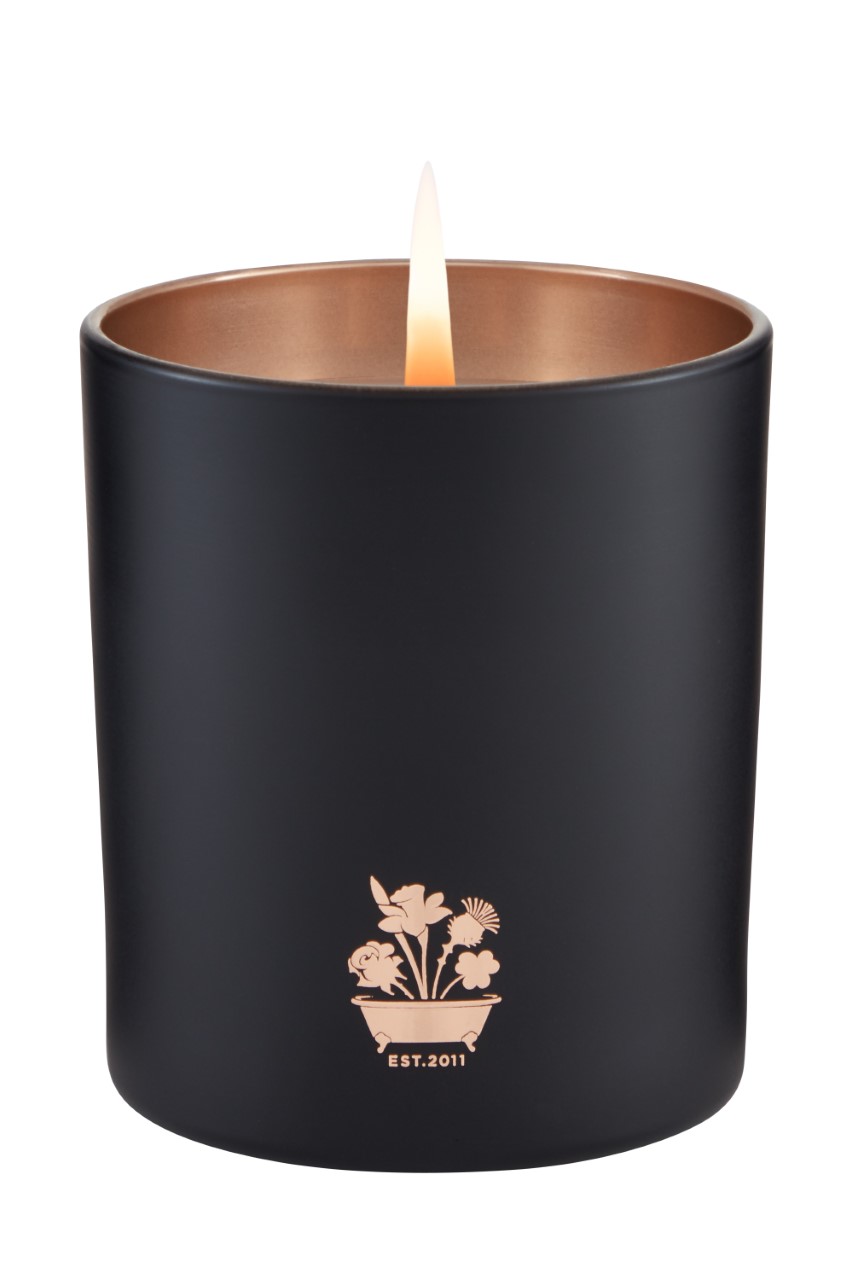Candle Rhubarb: The Ultimate Guide To This Exotic Plant
When it comes to unique plants, candle rhubarb (Zantedeschia aethiopica) stands out as a fascinating addition to any garden or floral arrangement. Known for its vibrant blooms and striking appearance, this plant has captured the attention of gardeners and flower enthusiasts worldwide. But what exactly makes candle rhubarb so special? In this comprehensive guide, we'll explore everything you need to know about this exotic plant, from its origins to its care and cultivation.
Candle rhubarb is not just another plant; it's a symbol of beauty and resilience. Its ability to thrive in various climates and its stunning appearance make it a favorite among horticulturists and florists alike. Whether you're a seasoned gardener or a beginner, understanding the intricacies of candle rhubarb can enhance your gardening experience.
In this article, we will delve into the world of candle rhubarb, covering topics such as its history, cultivation tips, and its role in modern landscaping. By the end of this guide, you'll have a thorough understanding of why candle rhubarb is a must-have for any plant lover.
Read also:Jojo Siwa Short Hair A Bold New Look Thatrsquos Capturing Hearts
Table of Contents
- History of Candle Rhubarb
- Biological Profile
- Cultivation Tips
- Care and Maintenance
- Uses of Candle Rhubarb
- Benefits of Growing Candle Rhubarb
- Common Challenges in Growing Candle Rhubarb
- Popular Varieties
- Pests and Diseases
- Conclusion
History of Candle Rhubarb
Candle rhubarb, scientifically known as Zantedeschia aethiopica, originates from the eastern regions of South Africa. This plant has a rich history that dates back centuries, where it was used by indigenous communities for both medicinal and ornamental purposes. Over time, its popularity spread across continents, making it a staple in gardens worldwide.
In the 18th century, European explorers brought candle rhubarb to Europe, where it quickly became a favorite among botanists and gardeners. Its ability to thrive in diverse environments made it an ideal candidate for cultivation in various climates. Today, candle rhubarb is celebrated for its versatility and beauty, making it a popular choice for both indoor and outdoor settings.
Historical Significance
Throughout history, candle rhubarb has been associated with symbolism and cultural significance. In some cultures, it represents purity and rebirth, while in others, it symbolizes resilience and strength. These cultural associations have contributed to its enduring popularity and appeal.
Biological Profile
Candle rhubarb belongs to the Araceae family and is characterized by its large, glossy leaves and striking white flowers. The plant can grow up to 1 meter in height, making it a prominent feature in any garden. Its flowers, which resemble candles, bloom throughout the year in warmer climates and during spring and summer in cooler regions.
Growth Patterns
- Perennial Growth: Candle rhubarb is a perennial plant, meaning it can live for several years.
- Water Requirements: It thrives in moist environments and requires regular watering.
- Soil Preferences: Prefers well-drained, fertile soil with a slightly acidic pH.
Cultivation Tips
Growing candle rhubarb successfully requires attention to detail and a basic understanding of its needs. Whether you're planting it in your garden or keeping it as a houseplant, the following tips will help ensure its health and longevity.
Planting Guidelines
When planting candle rhubarb, consider the following:
Read also:Tsihaye Reda Haddish The Inspiring Journey Of A Rising Star
- Location: Choose a spot with partial shade to full sun, depending on your climate.
- Spacing: Space plants about 60-90 cm apart to allow for proper growth.
- Season: Plant in early spring for best results.
Care and Maintenance
Maintaining candle rhubarb involves regular watering, fertilization, and pruning. Proper care ensures that the plant remains healthy and continues to produce beautiful blooms.
Watering Schedule
Candle rhubarb requires consistent moisture, especially during its growing season. Water the plant deeply once or twice a week, depending on rainfall and soil conditions. Avoid overwatering, as this can lead to root rot.
Uses of Candle Rhubarb
Beyond its ornamental value, candle rhubarb has several practical uses. It is commonly used in floral arrangements due to its striking appearance and long-lasting blooms. Additionally, some traditional medicine practices utilize its leaves and roots for their purported health benefits.
Floral Arrangements
In the world of floristry, candle rhubarb is prized for its ability to add elegance and sophistication to bouquets and centerpieces. Its unique shape and color make it a versatile choice for various design styles.
Benefits of Growing Candle Rhubarb
Growing candle rhubarb offers numerous benefits, both aesthetic and environmental. Its vibrant blooms attract pollinators such as bees and butterflies, contributing to the health of local ecosystems. Additionally, its lush foliage provides shade and enhances the overall appearance of gardens and landscapes.
Environmental Impact
By planting candle rhubarb, gardeners can support biodiversity and create habitats for beneficial insects. Its deep root system also helps prevent soil erosion, making it an excellent choice for sustainable landscaping.
Common Challenges in Growing Candle Rhubarb
Despite its beauty, candle rhubarb can present challenges for inexperienced gardeners. Issues such as pests, diseases, and environmental stress can affect its growth and health. Understanding these challenges is key to overcoming them.
Pest Management
Common pests that affect candle rhubarb include aphids, slugs, and snails. Regular inspection and the use of organic pesticides can help control these pests and protect your plants.
Popular Varieties
Candle rhubarb comes in several varieties, each with its own unique characteristics. Some popular varieties include:
- White Candle Rhubarb: Known for its pure white blooms.
- Pink Candle Rhubarb: Features soft pink flowers.
- Yellow Candle Rhubarb: Produces vibrant yellow blooms.
Choosing the Right Variety
When selecting a variety, consider the climate and conditions of your garden. Some varieties are more suited to specific environments, so choose wisely to ensure success.
Pests and Diseases
Like many plants, candle rhubarb is susceptible to certain pests and diseases. Identifying and addressing these issues early can prevent significant damage to your plants.
Disease Prevention
Good hygiene practices, such as removing dead leaves and ensuring proper air circulation, can help prevent diseases such as fungal infections. Regularly inspect your plants for signs of illness and take prompt action if necessary.
Conclusion
Candle rhubarb is a remarkable plant that offers beauty, versatility, and ecological benefits. By understanding its history, cultivation requirements, and potential challenges, you can successfully grow and enjoy this exotic plant in your garden or home. Whether you're drawn to its ornamental appeal or its practical uses, candle rhubarb is sure to enhance your gardening experience.
We encourage you to share your experiences with candle rhubarb in the comments below. Have you tried growing it? What challenges did you face, and how did you overcome them? Don't forget to explore our other articles for more gardening tips and insights!
Data Source: Royal Horticultural Society


